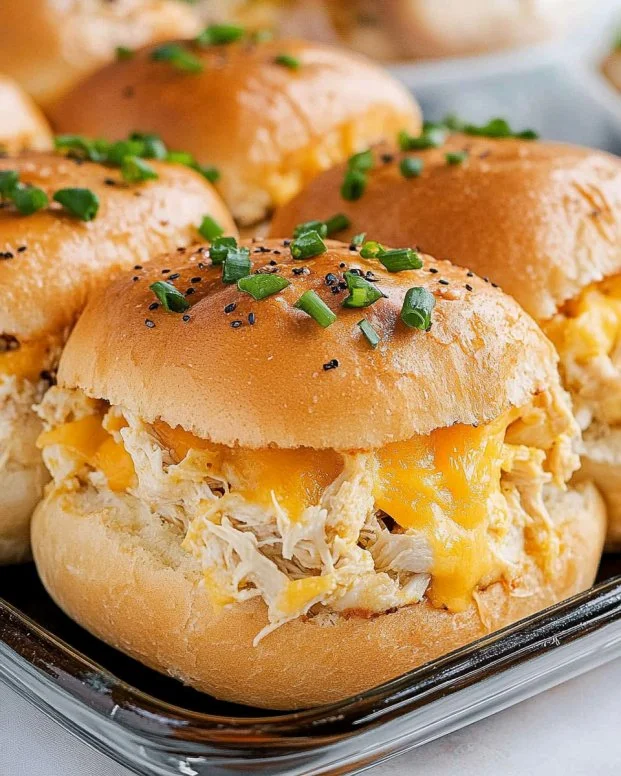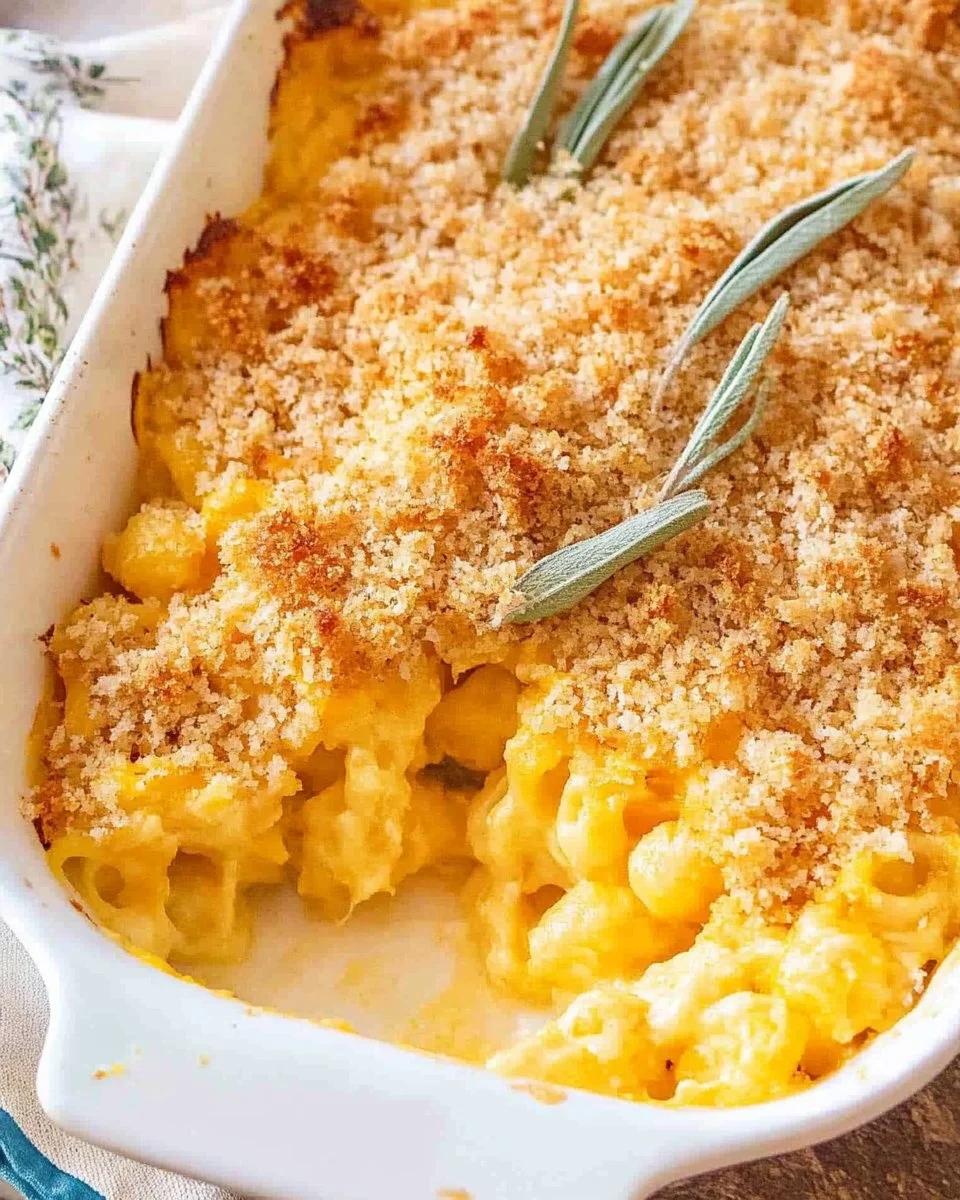Ever tried baking with coconut flour and ended up with cookies that come out as hard as a rock? Yeah, we’ve all been there. Coconut flour can be tricky, but it’s also incredibly rewarding when you get it right. These aren’t just any coconut flour cookies; these are the best coconut flour cookies you’ll ever taste, and I’m sharing three secrets that will completely change your baking game.
What Makes These the Best Coconut Flour Cookies?
What’s the difference between a good cookie and a great cookie? Texture, flavor, and that “wow” factor that makes you want to reach for another one. These coconut flour cookies deliver on all fronts. They’re soft and chewy, not dry and crumbly, with a delightful sweetness and a hint of coconut that’s just heavenly. But the best part? They’re surprisingly healthy, gluten-free, and packed with fiber.
Secret #1: The Perfect Coconut Flour-to-Liquid Ratio
This is where most people go wrong. Coconut flour is thirsty. It absorbs liquid like a sponge, much more so than regular wheat flour. If you don’t get the ratio right, you’ll end up with a dry, crumbly mess. The secret? You need way more liquid than you think. A good rule of thumb is to start with about 1/4 cup of coconut flour for every 1 cup of liquid (eggs, milk, etc.). This might seem counterintuitive, but trust me, it works! It is also important to take into consideration that all liquids need to be measured properly.
Secret #2: Binding Agents – Your Key to Chewy, Not Crumbly, Cookies
Because coconut flour lacks gluten, you need to add something else to hold everything together. Eggs are the most common binder, and they work beautifully. But if you’re vegan or have an egg allergy, don’t worry! You can use chia seeds or flaxseed meal mixed with water as a fantastic substitute. These “flax eggs” or “chia eggs” create a gel-like consistency that mimics the binding power of eggs.
Secret #3: The Low-and-Slow Baking Technique for Coconut Flour
Patience is a virtue, especially when baking with coconut flour. Unlike wheat flour, coconut flour doesn’t need high heat to cook properly. In fact, high heat can dry them out quickly. The secret is to bake them at a lower temperature (around 325°F or 160°C) for a longer time. This allows the cookies to cook evenly and retain their moisture, resulting in that perfect chewy texture.
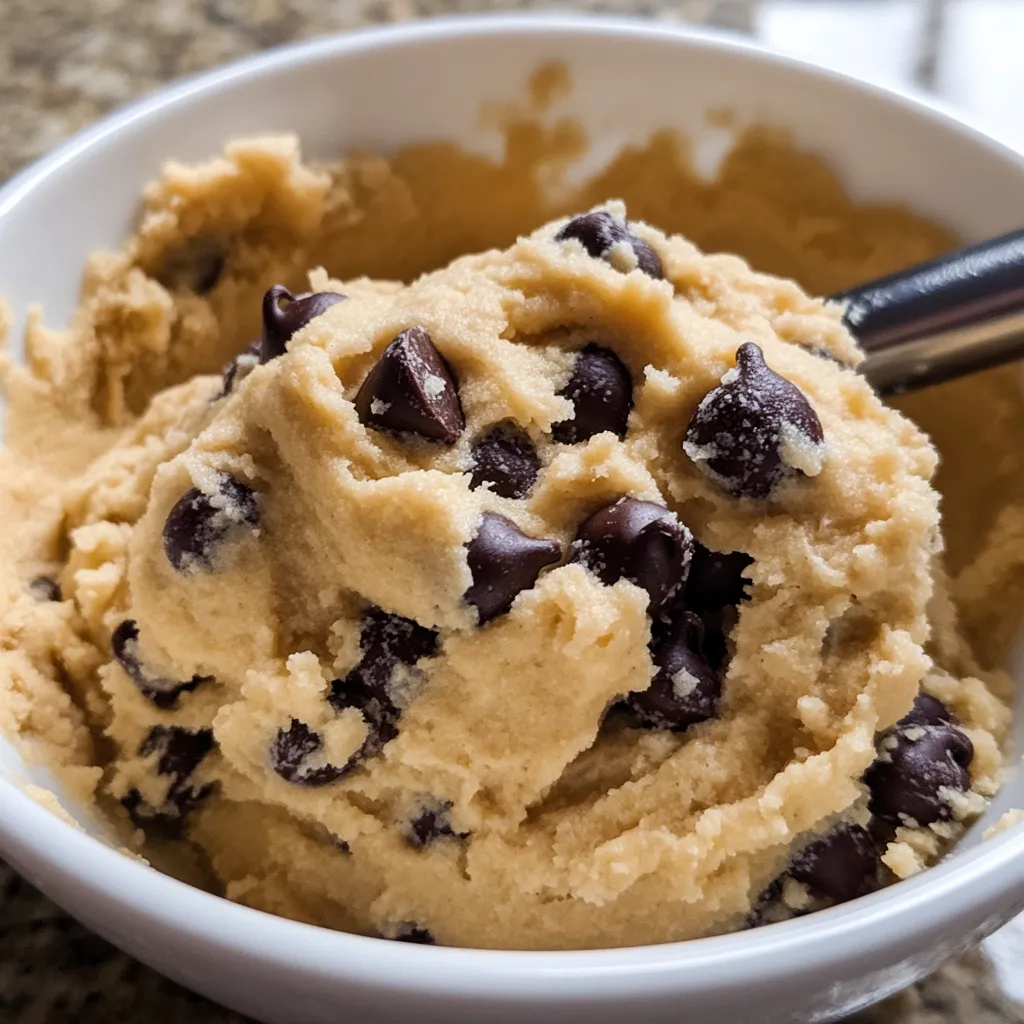
Essential Ingredients for Perfect Coconut Flour Cookies
Now that you know the secrets, let’s talk about the ingredients you’ll need to make these amazing coconut flour cookies.
Choosing the Right Coconut Flour: Fine vs. Coarse
You’ll find two main types of coconut flour: fine and coarse. Finely ground coconut flour is the best choice for cookies. It has a lighter texture and absorbs liquids more evenly, resulting in a smoother batter and a more tender cookie. Coarse coconut flour is better suited for things like muffins or breads where a slightly coarser texture is desirable.
The Role of Eggs (and Egg Substitutes) in Coconut Flour Baking
As we discussed earlier, eggs are crucial for binding. They provide structure, moisture, and richness. For each egg, you can substitute 1 tablespoon of chia seeds or flaxseed meal mixed with 3 tablespoons of water. Let this mixture sit for about 5 minutes to thicken before adding it to your batter.
Sweetener Options: Balancing Flavor and Texture
You have several options when it comes to sweeteners. Coconut sugar is a popular choice because it complements the coconut flavor and has a lower glycemic index than refined sugar. You can also use maple syrup, honey, or even a sugar-free alternative like erythritol or stevia. Just keep in mind that liquid sweeteners will add more moisture, so you might need to adjust the amount of coconut flour slightly.
Other Key Ingredients
Beyond the flour, eggs, and sweetener, you’ll typically need:
- Baking Soda: For a little lift.
- Salt: To enhance the flavors.
- Vanilla Extract: For that classic cookie taste.
- Optional Add-ins: Chocolate chips, nuts, dried fruit – get creative!
Step-by-Step Guide: Baking the Best Coconut Flour Cookies
Ready to bake? Let’s walk through the process step by step.
Mixing the Dough: Avoiding Common Mistakes
- Combine Dry Ingredients: In a large bowl, whisk together the coconut flour, baking soda, and salt.
- Combine Wet Ingredients: In a separate bowl, whisk together the eggs (or egg substitute), sweetener, and vanilla extract.
- Gradually Add Wet to Dry: Slowly add the wet ingredients to the dry ingredients, mixing until just combined. Don’t overmix! The batter will be thick, almost like a paste.
- Let it Rest: This is important! Let the batter sit for 5-10 minutes to allow the coconut flour to fully absorb the liquids.
Shaping Your Cookies: Tips for Uniformity and Size
Use a cookie scoop or spoon to drop rounded tablespoons of dough onto a baking sheet lined with parchment paper. Coconut flour cookies don’t spread much, so flatten them slightly with your fingers or the back of a spoon.
Baking Time and Temperature: Achieving the Ideal Texture
Bake at 325°F (160°C) for 12-15 minutes, or until the edges are golden brown and the centers are set. Keep a close eye on them – they can go from perfectly baked to overdone quickly.
Cooling and Storing Your Coconut Flour Cookies
Give your freshly baked cookies a few minutes to firm up on the baking sheet before gently moving them to a wire rack to cool down completely. Once cooled, tuck them away in an airtight container. They’ll stay delicious at room temperature for about three days, or you can keep them in the fridge for up to a week for longer freshness. You can also freeze them for longer storage.
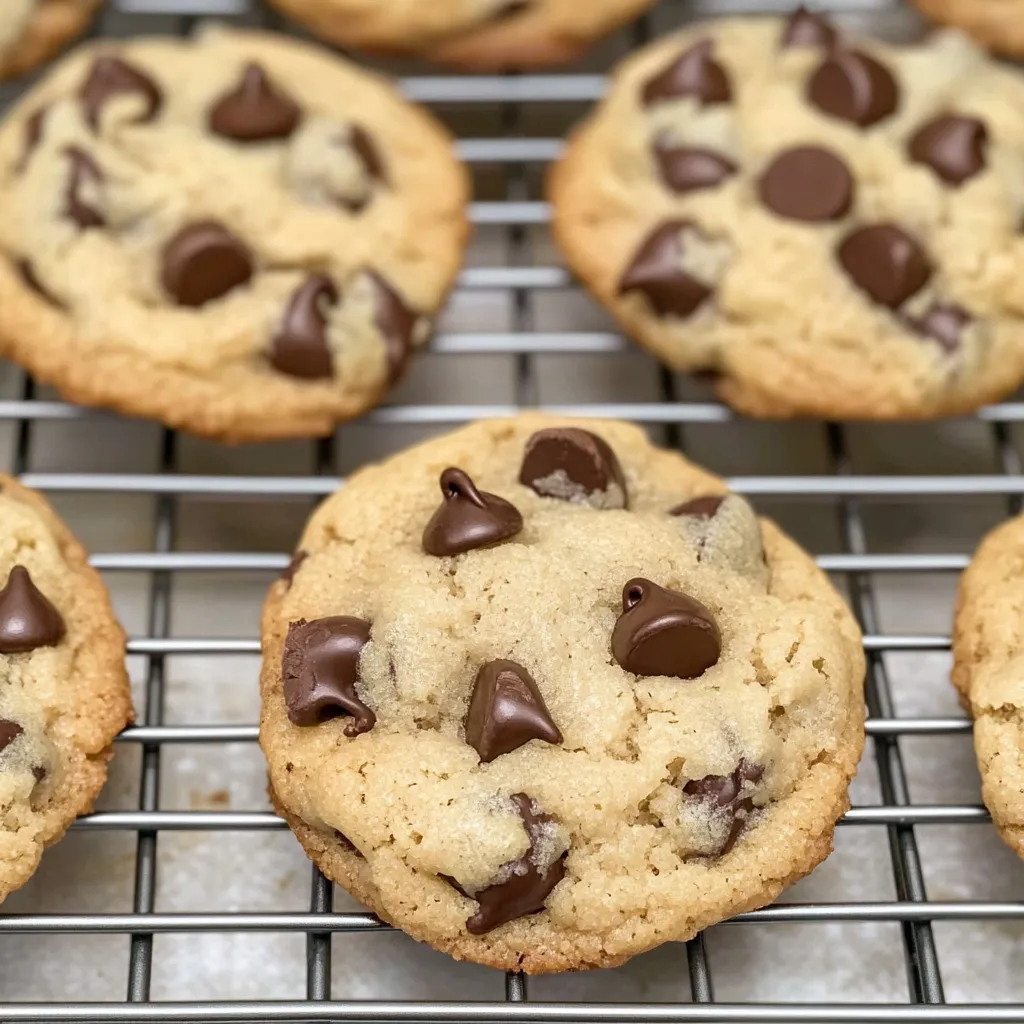
Troubleshooting Common Coconut Flour Cookie Problems
Even with the best recipe, things can sometimes go wrong. Here’s how to troubleshoot some common issues:
Why Are My Cookies Dry and Crumbly?
This is the most common complaint. It usually means you didn’t use enough liquid or you overbaked them. Remember, coconut flour is very absorbent.
How Can I Prevent My Cookies from Spreading Too Much?
Coconut flour cookies typically don’t spread much, but if yours do, it could be because you used too much liquid sweetener or your baking soda was old.
My Cookies Are Too Dense – What Went Wrong?
This could be due to overmixing the batter or using too much coconut flour. Make sure you measure accurately and mix only until the ingredients are just combined.
Coconut Flour Cookie Variations: Get Creative!
Once you’ve mastered the basic recipe, have fun experimenting with different flavors and add-ins!
Chocolate Chip Coconut Flour Cookies: A Classic Twist
Simply add 1/2 cup of chocolate chips to the batter. Dark chocolate, milk chocolate, or even white chocolate chips all work well.
Peanut Butter Coconut Flour Cookies: A Delicious Combination
Add 1/4 cup of peanut butter (or any nut butter) to the wet ingredients. You might need to reduce the amount of liquid sweetener slightly.
Keto Coconut Flour Cookies: Low-Carb Indulgence
Use a sugar-free sweetener like erythritol or stevia and add sugar-free chocolate chips.
Vegan Coconut Flour Cookies: Egg-Free and Delicious
Use the chia seed or flaxseed meal egg substitute mentioned earlier.
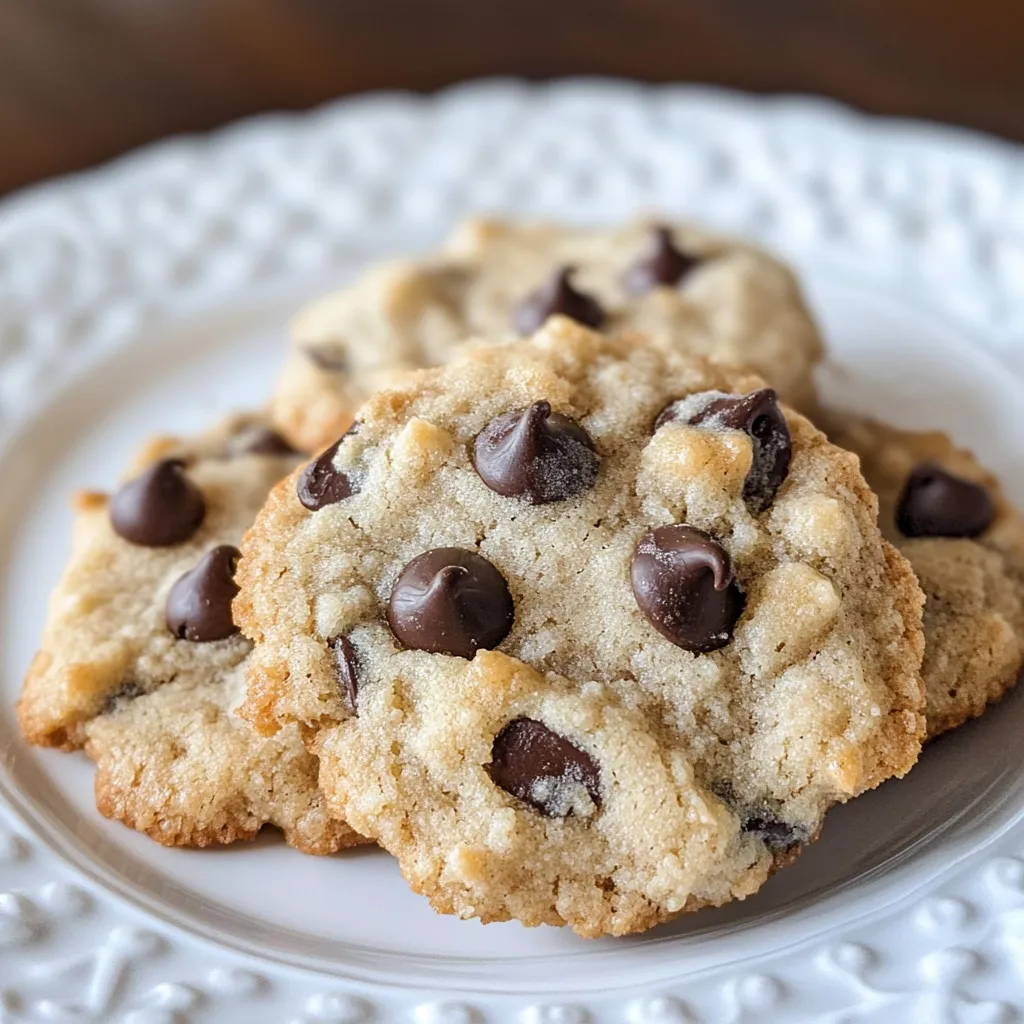
Understanding Coconut Flour: A Deep Dive
Let’s explore what makes coconut flour so unique.
What is Coconut Flour and How is it Made?
Coconut flour is dried coconut meat processed into a fine powder. After the coconut milk is extracted, the remaining coconut meat is dried at a low temperature and then ground into a fine powder.
Is Coconut Flour Gluten-Free and Paleo-Friendly?
Yes, coconut flour is naturally gluten-free and grain-free, making it a popular choice for those following gluten-free, paleo, or keto diets.
How Healthy Is Coconut Flour?
Coconut flour is a good source of fiber, protein, and healthy fats. It’s also lower in carbohydrates than many other flours.
How to Store Coconut Flour
An airtight container is the best home for your coconut flour. Find a cool, dry spot in your kitchen to keep it in top condition. It can also be stored in the refrigerator or freezer to extend its shelf life.
Can you use coconut flour by itself?
Yes, you can! Unlike some other alternative flours, coconut flour can be used on its own in baking recipes. However, you’ll need to adjust the liquid and egg ratios as we discussed.
Nutritional Benefits of Coconut Flour vs. Other Flours
Coconut flour is higher in fiber and protein than all-purpose flour and almond flour. It’s also lower in carbohydrates, making it a good option for those watching their carb intake.
Frequently Asked Questions
Let’s address some common questions:
Can I substitute coconut flour for all-purpose flour directly?
No, you can’t. Coconut flour is much more absorbent, so you’ll need to use significantly less coconut flour and more liquid.
Why do you need eggs in coconut flour cookies?
Eggs act as a binder, holding the cookies together. Without them (or an egg substitute), your cookies will likely crumble.
Advanced Tips for Coconut Flour Cookie Perfection
Take your coconut flour cookies to the next level with these tips:
Using a Food Scale for Accurate Measurements
For the most consistent results, use a food scale to weigh your ingredients, especially the coconut flour. This ensures accuracy and prevents variations in texture.
Chilling the Dough: Does it Really Matter?
Chilling the dough for at least 30 minutes can help the coconut flour fully hydrate and make the cookies less likely to crumble. It also enhances the flavor.
Experimenting with Flavor Extracts and Spices
Don’t be afraid to get creative! Try adding different extracts like almond or lemon or spices like cinnamon or nutmeg.
Now that you’re armed with the secrets to baking the best coconut flour cookies, it’s time to get in the kitchen and start baking! Share your creations with us – we’d love to see your delicious results! If you have any questions, leave a comment below. Happy baking!

Best Coconut Flour Cookies
Ingredients
1/4 cup coconut flour, finely ground
1/4 teaspoon baking soda
1/8 teaspoon salt
2 large eggs (or egg substitute: 2 tbsp chia seeds + 6 tbsp water)
1/4 cup sweetener (e.g., coconut sugar, maple syrup, erythritol)
1 teaspoon vanilla extract
1/2 cup add-ins (optional: chocolate chips, nuts, dried fruit)
Instructions
- Preheat and Prepare: Preheat your oven to 325°F (160°C). Line a baking sheet with parchment paper.
- Combine Dry Ingredients: In a medium bowl, whisk together the coconut flour, baking soda, and salt.
- Combine Wet Ingredients: In a separate bowl, whisk together the eggs (or egg substitute), sweetener, and vanilla extract until well combined.
- Combine Wet and Dry: Gradually add the wet ingredients to the dry ingredients, mixing until just combined. The batter will be thick.
- Rest the Dough. Let the batter rest for 5 minutes to thicken.
- Add Mix-ins (Optional): If using, gently fold in chocolate chips, nuts, or other add-ins.
- Shape Cookies: Drop rounded tablespoons of dough onto the prepared baking sheet, leaving some space between each cookie. Flatten slightly with your fingers or the back of a spoon.
- Bake: Bake for 12-15 minutes, or until the edges are golden brown and the centers are set.
- Cool: Let the cookies cool on the baking sheet for a few minutes before transferring them to a wire rack to cool completely.
- Serve: Serve and enjoy
Notes
- Coconut Flour Measurement: For best results, weigh your coconut flour if possible. If you don’t have a scale, use the “spoon and level” method: fluff the flour in the container, spoon it into your measuring cup, and level off the excess with a straight edge. Do not pack the coconut flour into the measuring cup.
- Liquid Adjustments: Coconut flour brands can vary in their absorbency. If your batter seems too dry after letting it rest, add a teaspoon or two of extra liquid (water, milk, or more of your chosen liquid sweetener) until it reaches a thick, scoopable consistency. If it seems too wet, add a tiny bit more coconut flour (start with 1/2 teaspoon).
- Egg Substitutes: If using chia seeds or flaxseed meal as an egg substitute, make sure to let the mixture sit for at least 5 minutes to thicken properly before adding it to the batter. This “gel” is crucial for binding.
- Sweetener Variations: Feel free to adjust the amount of sweetener to your liking. Keep in mind that liquid sweeteners will add more moisture to the batter. If using a granulated sugar-free sweetener, you might want to add a tablespoon or two of unsweetened applesauce or mashed banana to help with moisture and texture.


